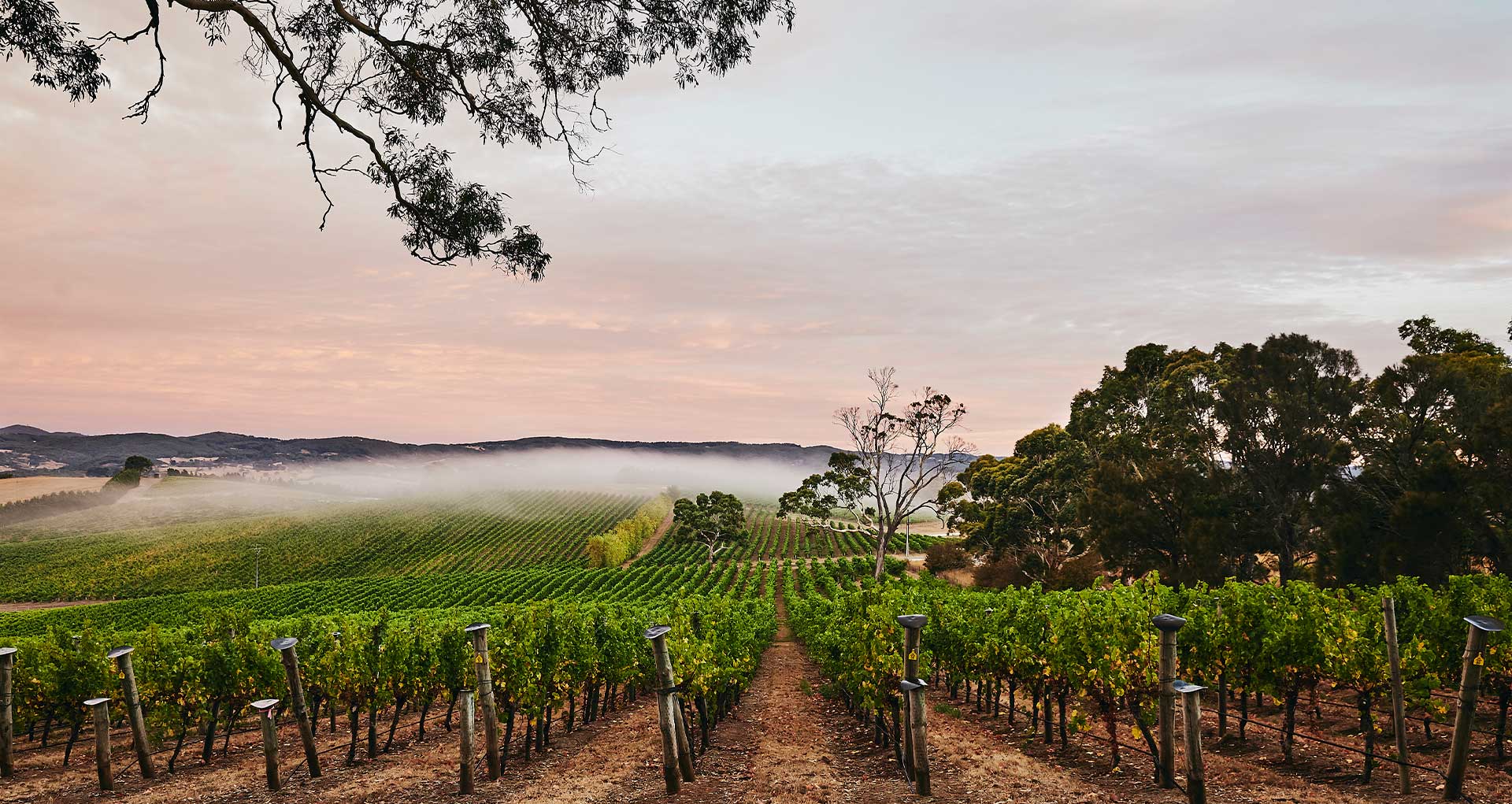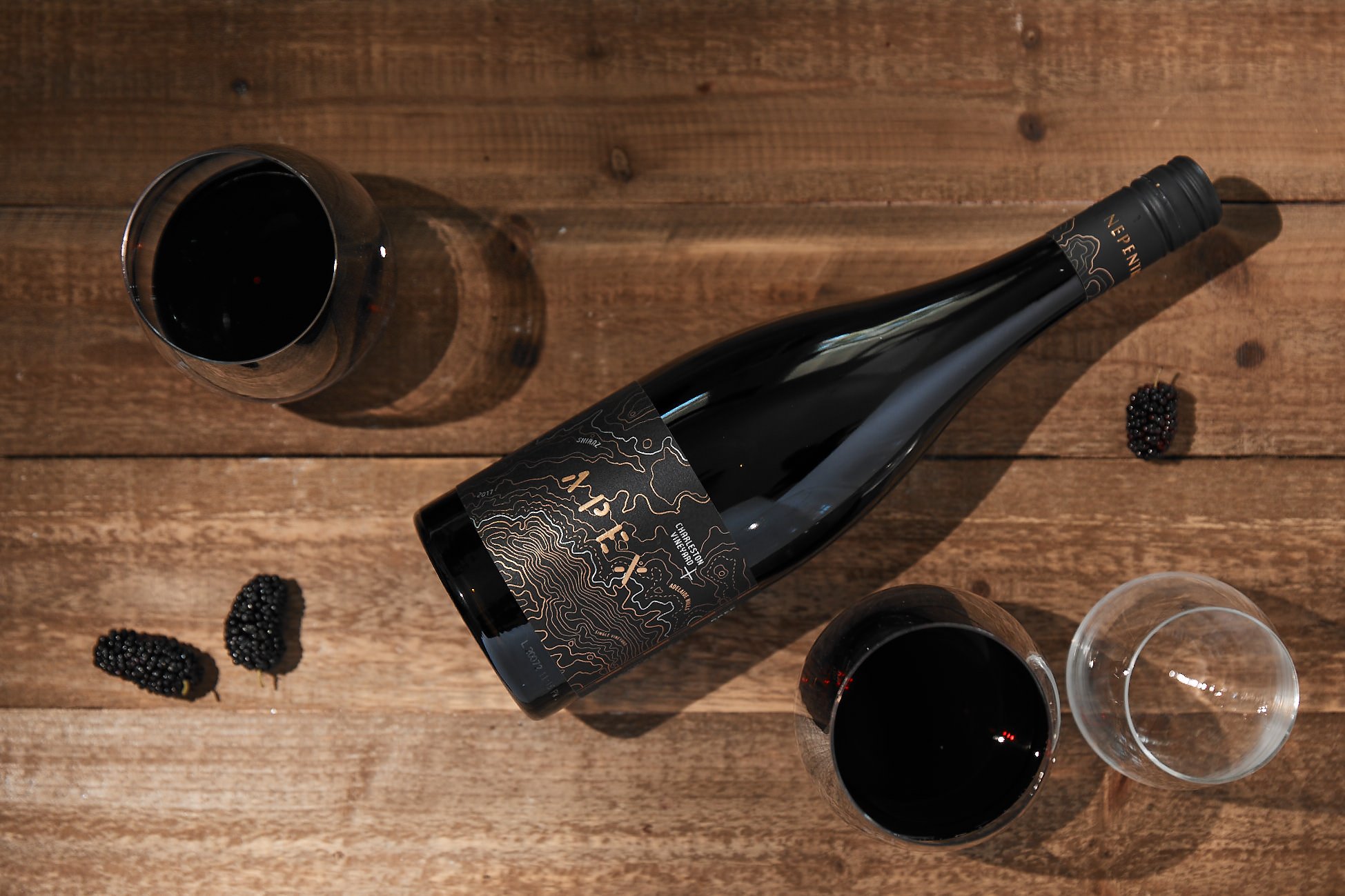
Unfortunately, you do not meet the age requirement to enter this website.

Unfortunately, you do not meet the age requirement to enter this website.

Not all wine is made to be cellared. But with the right wine cellaring, ageing wine can take your quality bottle of wine and turn it into something absolutely magical, made to be shared on those ultimate special occasions like births or weddings, or simply paired with the most perfect cut of meat. There is an art to wine cellaring, and when done correctly, you can nurture your wine until it reaches its pinnacle of flavour.
Wine cellaring is the process of storing your wine correctly so that it has a safe place to undergo the ageing process. You may consider wine cellaring for a variety of reasons; from emotional connections to specific wines, to being a professional collector to keeping wine as an investment. Wine cellars can also add value to houses, are a good use of space in otherwise defunct basements and can be a great design feature when situated in the right part of your home. Regardless of your reasons, wine cellaring can be incredibly rewarding.
There are two types of home wine cellars; active home wine cellars and passive home wine cellars. An active wine cellar is one in which there is little fluctuation in temperature, usually employing an electronic system that keeps the temperature consistent. On the other hand, a passive wine cellar, such as a home wine cellar in the basement of a house, is at the mercy of the seasons, seeing the temperature rise and fall as the ambient temperature does.
Most bottles of wine are purchased within days of when they will be drunk, and are usually at their peak when they are purchased. Some wines however, like 2018 Nepenthe Pinnacle Gate Block Shiraz, are made to be aged, slowly but surely revealing an elegance, depth and generosity of flavour. Over years or decades, the molecular structure of such high-quality vintages changes. With it, the wine’s flavour evolves until it is a transcendent experience to taste, demonstrating that some great things do take time.
Some wines like 2017 Nepenthe Apex Shiraz are borne from true craftsmanship and have remarkable provenance, and to incorrectly store them and miss out on the best representation of their perfectly matured black fruits and savoury spice is a travesty. In order to avoid such a loss, there are four key criteria to correct wine cellaring; including temperature, humidity, light and vibration.
Temperature: to develop the ultimate flavour, the chemical reaction which takes place in your fine wine should occur over a more extended period of time. The cooler the temperature of your home wine cellar, the longer the wine will take to develop; if the wine cellar is too hot the wine will mature too quickly. The optimum cellar wine temperature is thought to be 13°C, slowly and consistently delivering your wine to its pinnacle.
Humidity: humidity is important primarily for the health of the cork, with cork needing to retain moisture to continue being elastic. While the bottom side of the cork remains moist due to the aging wine sitting against it, the top of the cork exposed to the air needs to be kept moist to maintain the seal within the neck of the bottle. Without high enough humidity in your home wine cellar, the cork may shrink, allowing oxygen into the wine and potentially causing it to spoil. The optimal humidity for wine cellaring is 70 to 80%. If the humidity is greater than this, the cork will be fine, but the label may not remain intact or could peel off. Losing a label isn’t that big a deal unless you are a collector, in which case it may devalue your bottle of wine.
Light: Wine bottles are made from dark colour glass for a reason, and that is to protect the wine from the light. Light can decay the chemical structure of aging wine, causing it to develop differently or to spoil. If in direct light, the temperature of the wine in the bottle may increase. When wine cellaring you should keep your collection in as dim conditions as possible. Vibration: similarly to light, vibration can cause unwanted chemical reactions in your wine, disturbing the sediment and inducing bacteria to react differently within the wine. It is important to keep your home wine cellar away from loud music or appliances like washing machines that cause large vibrations that could impact your wine.

The optimal temperature for wine cellaring is 13°C if you are aging wine which is highly valued or an older vintage. Less exclusive wines can be cellared a few degrees on either side of this benchmark, but the more consistent the temperature, the more successful the aged wine will be.
| Drink 1-3 years | Drink 3-5 years | Drink 5-10 years | Drink 10- 20 years |
|
|
|
|
| Drink 1-3 years | Drink 3-5 years | Drink 5-10 years | Drink 10- 20 years |
|
|
|
|
